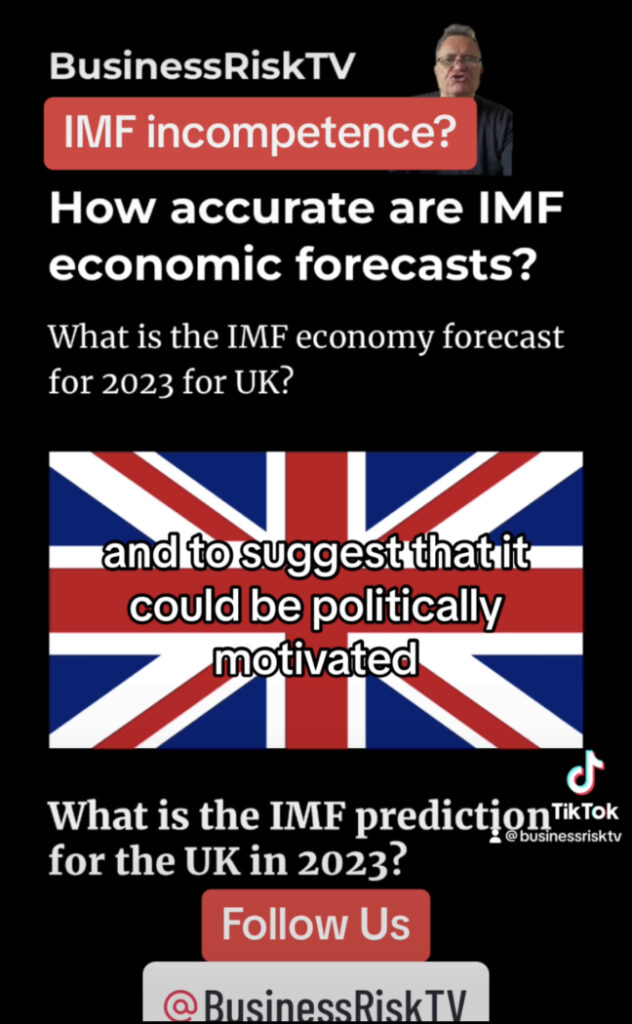Regrets often accompany the pursuit of improvement in life and business. Accepting this inevitability is crucial, as it signifies growth. Striving to fulfill acceptable regrets with current information becomes the key. Here are 12 points highlighting this concept:
- Embrace Change: Acknowledge that improvement involves change, leading to potential regrets.
- Risk-Taking is Inherent: Taking risks is essential for progress, but it may lead to regrets.
- Decision-Making Complexity: Complex decisions may result in unforeseen outcomes and subsequent regrets.
- Learning from Mistakes: Regrets are learning opportunities; they indicate areas for growth and development.
- Balancing Act: Balancing short-term gains with long-term goals may lead to regrets, but it’s a part of the journey.
- Adaptability is Key: In a dynamic environment, adaptability is vital, sometimes causing regrets in past decisions.
- Inevitable Uncertainties: Future uncertainties make regrets unavoidable; navigating them is part of the process.
- Investing in Relationships: Business decisions impacting relationships may lead to regrets, emphasising the importance of a balanced approach.
- Time Management Challenges: Balancing time and priorities can result in regrets, requiring effective time management strategies.
- Technology Advancements: Embrace technological changes, despite potential regrets, as they drive innovation and progress.
- Ethical Dilemmas: Moral decisions may lead to regrets, but maintaining ethical standards is essential for sustainable success.
- Continuous Improvement Mindset: Cultivate a mindset of constant improvement, accepting regrets as stepping stones to future success.
Correspondingly, here are 12 actionable steps individuals can take to enhance their business:
- Continuous Learning: Stay updated with industry trends and acquire new skills.
- Risk Management Strategies: Develop effective risk management plans to mitigate potential regrets.
- Data-Driven Decision-Making: Base decisions on data and analytics for more informed choices.
- Agile Business Practices: Adopt agile methodologies to quickly adapt to changes and minimise regrets.
- Feedback Mechanisms: Establish robust feedback systems to learn from experiences and prevent recurring regrets.
- Strategic Planning: Develop clear, flexible strategies that accommodate unforeseen circumstances.
- Effective Communication: Maintain transparent communication to minimise misunderstandings and potential regrets.
- Invest in Relationships: Prioritise building and nurturing relationships for long-term success.
- Time Management Tools: Utilise tools and strategies for efficient time management.
- Technology Integration: Embrace and integrate emerging technologies to stay competitive.
- Ethical Guidelines: Establish and adhere to ethical guidelines for sustainable and regret-free business practices.
- Adaptability Training: Foster a culture of adaptability and resilience within the organization.
In summary, understanding and accepting regrets as an inherent part of improvement, coupled with proactive measures, can pave the way for sustained success in both life and business.
Get help to protect and grow your business
Subscribe for free business risk alerts and reviews
Read more business risk management articles





